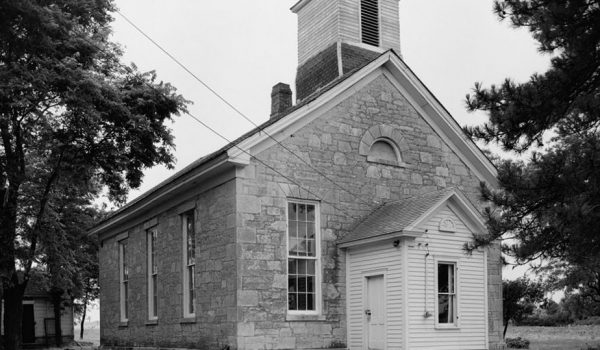
The District of Columbia has a violent crime rate that is five times Virginia’s. In 2018, the violent crime rate was 995.9 per 100,000 in Washington, DC, compared to only 200 per 100,000 in Virginia.
Yet, some politicians want to make Virginia more like the District of Columbia. A bipartisan bill would give Virginia a more extreme version of one of Washington DC’s most controversial pro-crime policies, “second look” legislation. A second-look law lets judges cut sentences for criminals, or release them, after they have served 10 or 15 years — no matter how serious the crime they committed. Even if a criminal has been sentenced to life in prison for murdering several people, he can be let out after 10 or 15 years if he files a petition seeking release, and convinces the judge that he has been rehabilitated.
The Virginia bill would let inmates who have committed even the most violent crimes such as murder seek release after ten years in prison if they committed the crime before age 25, or after 15 years in prison if they committed their crime after turning 25. By contrast, Washington, DC’s law only allows people who committed their crimes at under age 25 to seek release, after they have served 15 years in prison.
In short, the Virginia bill would allow most criminals serving life sentences to seek release; the DC law lets only a minority of criminals serving life sentences seek release. Even so, DC’s law made 583 violent criminals (including many murderers and rapists) eligible for an earlier release. And its backers want to expand the law to cover crimes committed at all ages.
DC’s law was viewed as so extreme when it was passed that it was criticized even by the liberal Washington Post. “A bill to reduce sentences for violent D.C. felons goes too far,” said the Post’s editorial board in December 2019; “the measure would embrace a radical rejection of transparency in sentencing and straight dealings with victims.” The Post supports a lenient approach to sentencing, but even it viewed DC’s law as being too soft on crime and callous toward victims.
Yet the Virginia bill, a more radical version of DC’s law, was introduced last week in Virginia’s state’s House of Delegates as HB 906, and in its state senate as SB 378.
Supporters of this bill might argue that neighboring Maryland has historically permitted judges to reduce many sentences. But Maryland has a violent crime rate more than double Virginia’s. In 2018, Maryland had a violent crime rate of 468.7 per 100,000 people, according to USA Today, compared to a violent crime rate of only 200 per 100,000 in Virginia.
Virginia’s Fairfax County is demographically similar to Maryland’s Montgomery County, Md, and the two counties had a similar crime rate in the 1970s. But Fairfax County ended up with a a violent crime rate less than half Montgomery County’s, even though the two counties are right next to each other. Experts attribute that to Virginia’s tougher sentences and its abolishing parole for violent felons.
The “second look” bill would gut Virginia’s tough sentences, allowing sentences to be shortened from 40 years or more for a murder down to 10 or 15 years. Virginia’s lengthy sentences have paid off in its low crime rate, which makes it one of America’s safest states. Virginia has a violent crime rate that is only half the national average. It has the lowest violent crime rate in the entire southeastern United States, and a lower violent crime rate than all neighboring states, especially Maryland, North Carolina, and Tennessee.
Studies indicate that longer periods of incarceration deter many crimes from being committed, both by people who have never committed a crime before, and by potential repeat offenders. For example, a National Bureau of Economic Research study found that longer sentences for repeat offenders in California deterred people outside of prison from committing murder, robbery, and rape.
Even for offenders who committed their crimes below age 25, reducing their sentence is a bad idea. Releasing even young killers can have a big impact on violent crime. Murder rates peak in offenders’ late teens and early 20s. About four in ten killers commit their crime before age 25. Once released, young killers often commit more violent crimes, including more murders.
While this bill has a Republican sponsor in the House of Delegates, most Republicans have voted against similar legislation in the past. The House of Delegates rejected a bill that had some similarities to this one in 2021, killing it in a subcommittee by a 4-to-4 vote, with 3 Republicans and 1 Democrat voting to kill that bill, and 4 Democrats voting to pass it.
So while this bill may pass the Democratic-controlled Virginia Senate, it is less likely to pass the Republican-controlled House of Delegates. And even if it passes the legislature, Republican Governor Glenn Youngkin might veto it. But it is still conceivable that it will become law.



